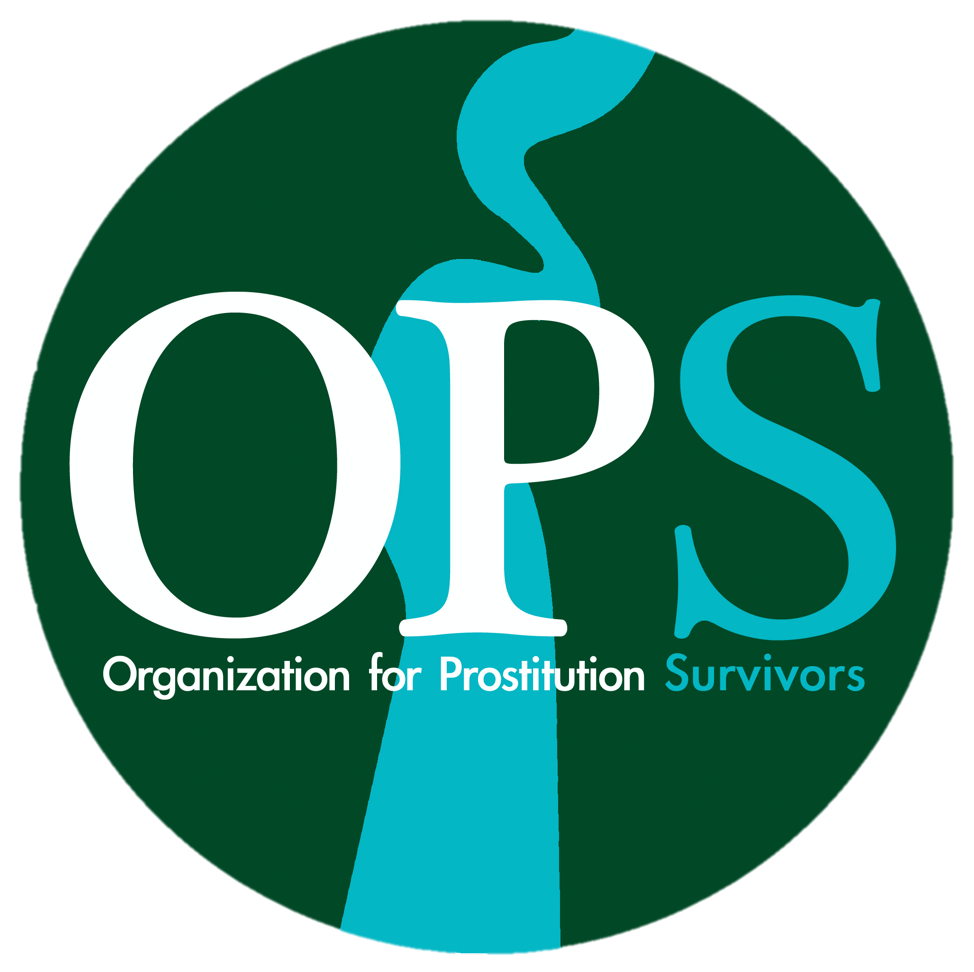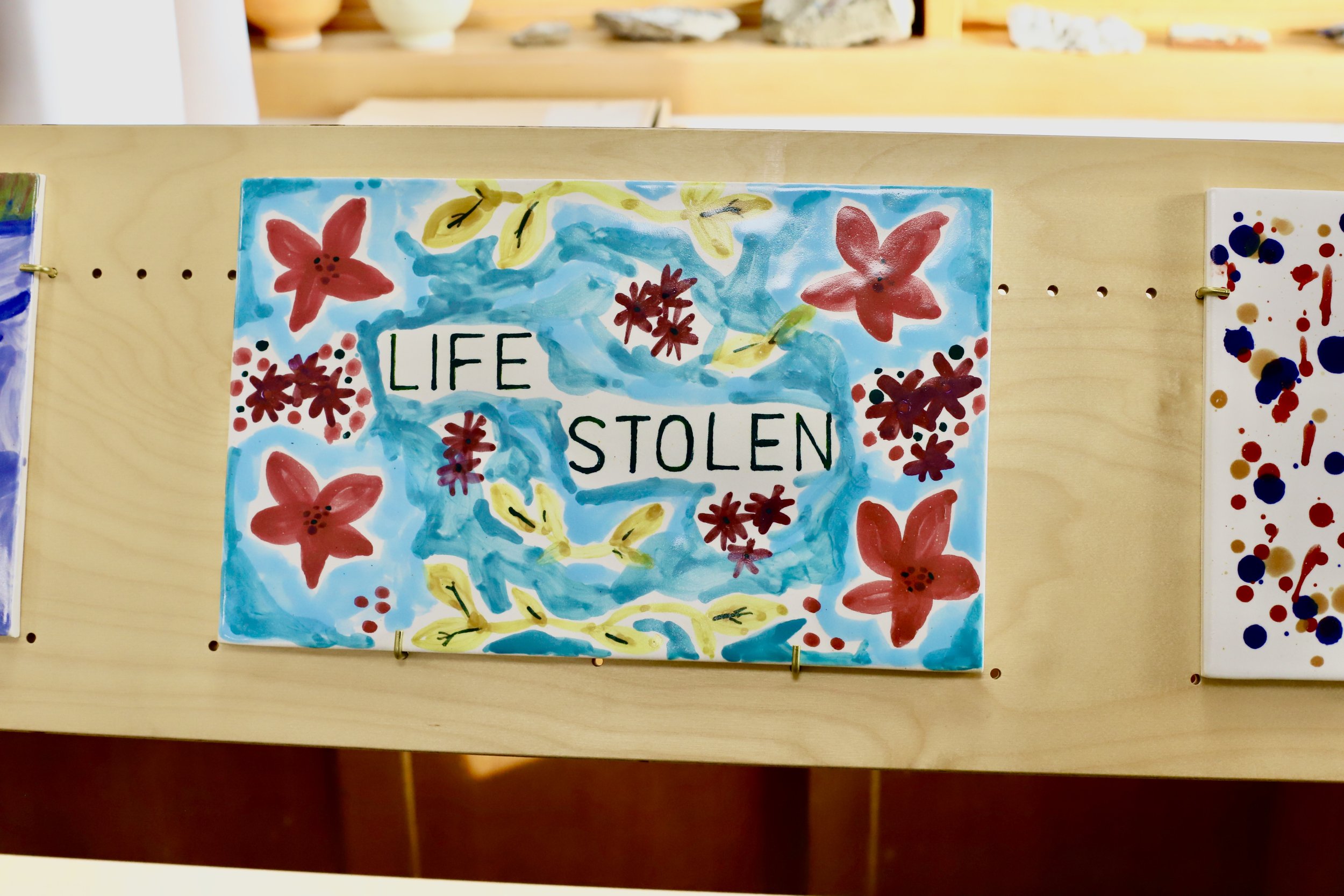What is Familial Trafficking: Understanding and Addressing a Disturbing Reality
Human trafficking is a grave violation of human rights that affects millions of people around the world. While the common perception is that trafficking occurs mostly through organized crime and strangers, there is a lesser-known aspect of this issue that is equally disturbing – familial trafficking. This refers to situations where a family member or guardian acts as the individual's trafficker or sells them to a third-party trafficker.
According to a 2017 estimate by the International Organization for Migration (IOM), 41 percent of child trafficking cases involved family members and/or caregivers. Despite this alarming statistic, familial trafficking is often overlooked by governments and anti-trafficking organizations.
Dispelling harmful misperceptions about where and how familial trafficking happens is crucial to combating this form of exploitation. Familial trafficking knows no boundaries and affects individuals from all ethnic, social, and economic backgrounds.
The unique nature of this form of trafficking, taking place within family networks and victimizing children who may not even realize they are being exploited, makes it challenging to identify and address effectively. Indicators for familial trafficking differ from those for other types of trafficking, further complicating the detection process.
How it starts:
The grooming process in familial trafficking begins early, taking advantage of the close proximity between the child and the perpetrator. Children, often below the age of 12, can be groomed effectively due to their developmental stage and limited ability to express concerns or identify safety risks. Loyalty and trust in the family structure make it difficult for others to recognize the abuse and for authorities to prosecute these cases.
The stereotypes of traffickers do not always match reality, as nearly 65 percent of familial traffickers are the child's own mother, while 32 percent are the child's father. In some cases, drugs are used as currency in the trafficking exchange.
Familial trafficking commonly affects children between the ages of 5 and 16, although it can start even earlier. Children often endure various forms of abuse within their homes while trying to maintain a facade of normalcy in their lives.
Why other family members don’t speak up:
The normalization of exploitation within the family culture and its ties to economic and cultural factors complicate intervention efforts. Other family members might turn a blind eye to protect the family's reputation and avoid outside intervention.
Unfortunately, in many cases, the same individuals tasked with caring for the children are the ones grooming, manipulating, abusing, and exploiting them. As children are dependent on their families for basic needs, the threat of unmet needs or physical violence further enforces compliance with the trafficker.
One significant challenge in identifying familial trafficking is that it often goes unnoticed due to the close relationship between the trafficker and the victim. Parents or guardians who are the traffickers or who sell their child to another trafficker contribute to the invisibility of the crime.
As a result, missing person reports are not filed, and child protective services or welfare agencies are not informed. Children in these situations are usually conditioned not to report the abuse, making it difficult for teachers, neighbors, doctors, and other adults in the community to recognize the signs of trafficking. Awareness campaigns about trafficking often target older audiences and fail to address the specific needs and experiences of familial trafficking survivors.
Red Flags Used to Help Identify Survivors of Familial Trafficking
To accurately identify survivors of trafficking, please note that 3-5 five red flags need to be present. One or two of these red flags does not mean that you are witnessing a trafficking situation. If a trafficking situation is suspected, please do not approach possible traffickers or deal with the situation yourself.
• Never alone (might be with other family members all the time)
• Might appear to be in a controlling environment
• Isolated from other people, peers, and “normal” situations
• Symptoms of domestic violence and intimate partner violence
• Debt bondage (child talks about having to make money to pay for things within the family system)
• Abnormal loyalty to the “family” system
• Compartmentalization, dissociation, and other trauma responses
• Ritual Abuse
• Poor working/living conditions
• Lack of formal education and isolation (some survivors of familial trafficking do very well in school though simply because it is the one safe place that they are not being abused)
• Mind control and programming
• Inability to “grow up”
• Fear of medical providers and other helpers
• Might appear to be the “keeper” of the family secrets
• Secrecy around the house (e.g., areas that are off limits to outsiders)
• ID has been withheld
• Other trauma’s including sexual, emotional, psychological, spiritual, and physical abuse
• Lack of understanding about one’s changing body and developmentally/age appropriate things
• Substance dependency within the familial system without an obvious means to pay for it
• Attachment disorders (including struggles to get close to other people)
How Familial trafficking impacts survivors:
Survivors of familial trafficking experience severe and complex impacts, both visible and hidden. Trauma during crucial developmental stages can lead to educational and social delays, physical health issues, and psychological disorders such as complex post-traumatic stress disorder and attachment disorders. The range of health indicators and somatic complaints survivors exhibit reflects the prolonged trauma they endure from a young age. Educational challenges, including illiteracy and processing difficulties, are common among survivors, but some may excel in school as it provides a safe haven or an opportunity to please the adults in their lives.
Furthermore, survivors of familial trafficking may struggle with developing healthy social skills, forming relationships, seeking assistance, and recognizing their self-worth. Fear and shame prevent them from speaking out about their experiences. Limited access to resources compounds the difficulties they face when seeking help.
How can you help:
To address familial trafficking effectively, an interdisciplinary approach is required. This should include trauma-informed investigation and prosecution efforts, survivor-centered practices, community education, and awareness campaigns. However, prevention is equally important. Empowering and educating young people about trafficking is key. By focusing on addressing the root causes that make individuals susceptible to trafficking, such as poverty and lack of options, we can work towards lasting solutions.
Supporting local initiatives that promote economic opportunities, provide vocational training, and encourage entrepreneurship in at-risk communities is vital to preventing familial trafficking. Creating stable and committed relationships between children and parents or caregivers is also crucial in protecting children from exploitation. These efforts require collaboration and commitment from governments, organizations, and individuals.
If you suspect someone is a victim of trafficking, it is essential not to confront the situation alone. Proper authorities should be notified to ensure the safety and well-being of the individual. In this regard, resources such as OPS helpline services and referrals can play a crucial role in connecting survivors with the necessary help and support.
Addressing familial trafficking is a complex and challenging task, but by raising awareness, providing support, and implementing preventive measures, we can work towards a future where no child or individual falls victim to this abhorrent form of exploitation.




